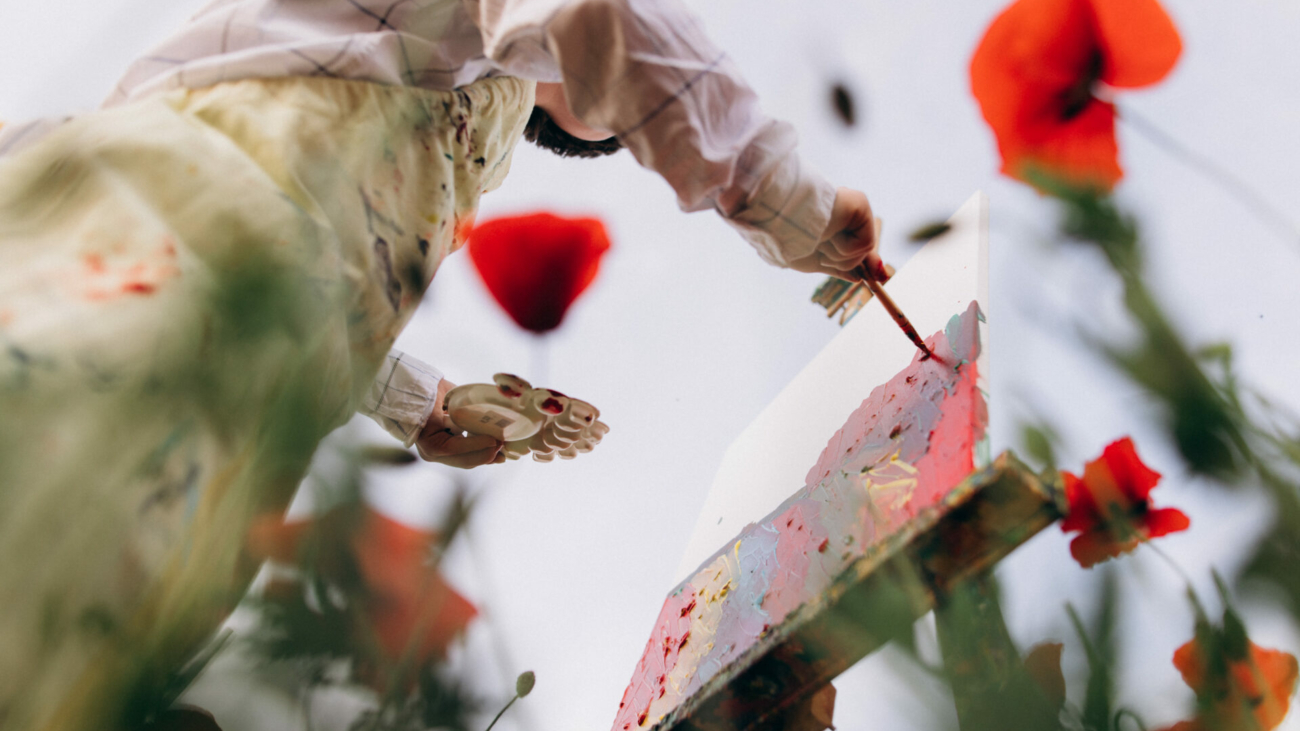Art has long been a significant aspect of human expression, offering a unique lens through which we can explore the complexities of our emotions, thoughts, and experiences. Recent studies have begun to emphasize the profound connection between art and mental health, shedding light on how creative practices can serve as powerful tools for healing and self-discovery.
The Therapeutic Benefits of Art
Engaging in artistic activities can provide a myriad of mental health benefits. Research highlights that practicing art can reduce stress, improve mood, and foster emotional resilience. Creating art allows individuals to express feelings that may be difficult to verbalize, enabling them to process complex emotions and experiences.
-
- Stress Reduction: Studies show that engaging in creative activities can lower cortisol levels, the hormone associated with stress. Creating art can serve as a meditative practice, allowing individuals to immerse themselves fully in the present moment.
-
- Emotional Expression: For many, art becomes a language to express emotions that are often suppressed. Whether through painting, sculpture, or music, the act of creation offers a safe space to articulate feelings.
Art Therapy in Mental Health Treatment
Art therapy is a formal therapeutic approach that combines psychology and art to help individuals process their experiences and emotions.
-
- Structured Guidance: In art therapy, licensed professionals guide individuals through the artistic process, facilitating exploration and interpretation of their creations. This structured approach helps individuals diagnose and address specific mental health issues.
-
- Healing Trauma: Art therapy has shown promise in treating trauma by allowing individuals to express painful memories without the need for direct verbal confrontation. This indirect method can help participants process their trauma more effectively.
The Impact of Shared Artistic Experiences
Participating in group art activities can foster a sense of community and belonging, crucial elements for mental well-being.
-
- Building Connections: Collaborative art projects can serve as a bridge for social interaction, reducing feelings of loneliness and isolation. Engaging with others through art can build a sense of shared purpose and mutual understanding.
-
- Empowerment: Community art initiatives often empower individuals by giving them a voice and a platform, enhancing their self-esteem and confidence.
The Role of Self-Reflection in Art
Art encourages self-reflection, allowing individuals to gain insights into their thoughts and feelings.
-
- Personal Insights: Through creating or observing art, individuals can confront their inner dialogues, recognizing patterns that may be impacting their mental health.
-
- Coping Mechanisms: Many artists find that their creative practices serve as valuable coping mechanisms. Regular engagement in art can help individuals manage anxiety and depression, providing an effective outlet for emotional release.
Conclusion: Embracing Art for Mental Wellness
The relationship between art and mental health is a fascinating and evolving field of study. Engaging with art, whether through creation or observation, can unlock pathways to emotional healing and personal growth. As we continue to explore the therapeutic potential of artistic expression, it becomes increasingly clear that fostering creativity is essential for holistic mental well-being. Embracing art not only enriches our lives but also plays a pivotal role in nurturing our mental health.


